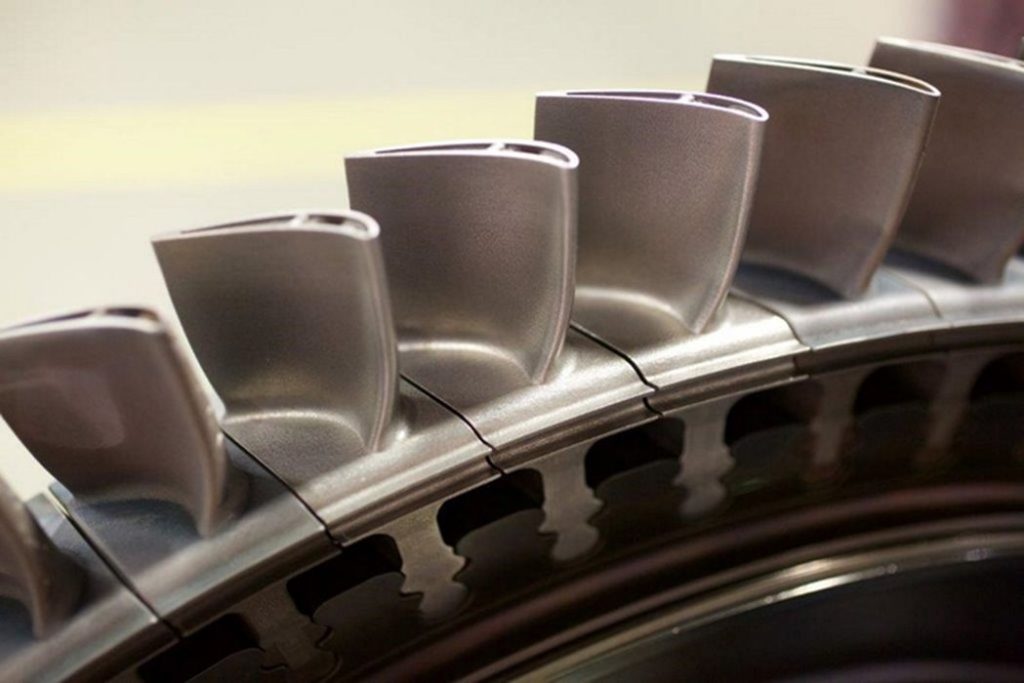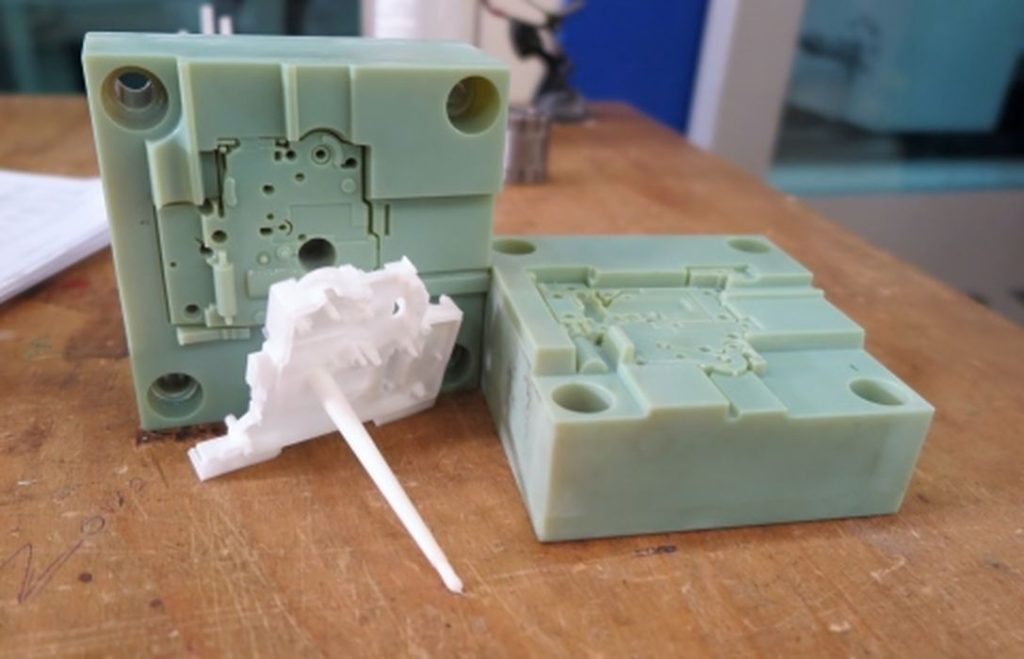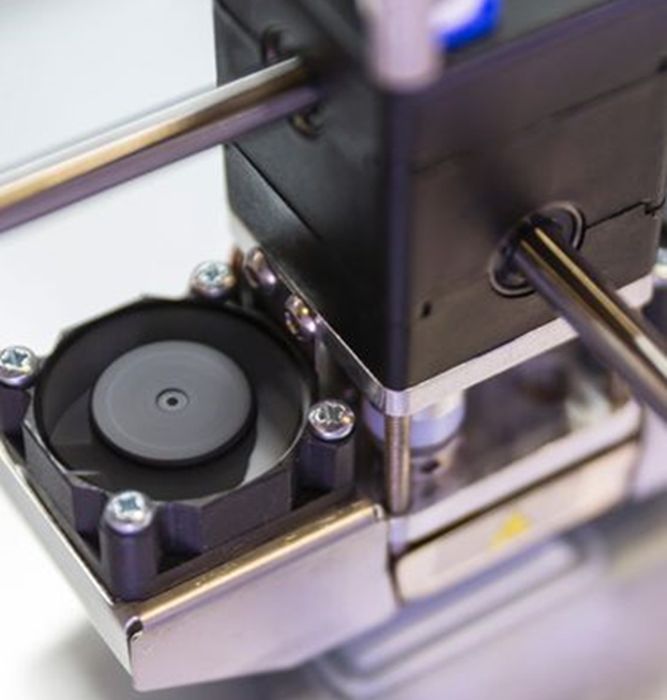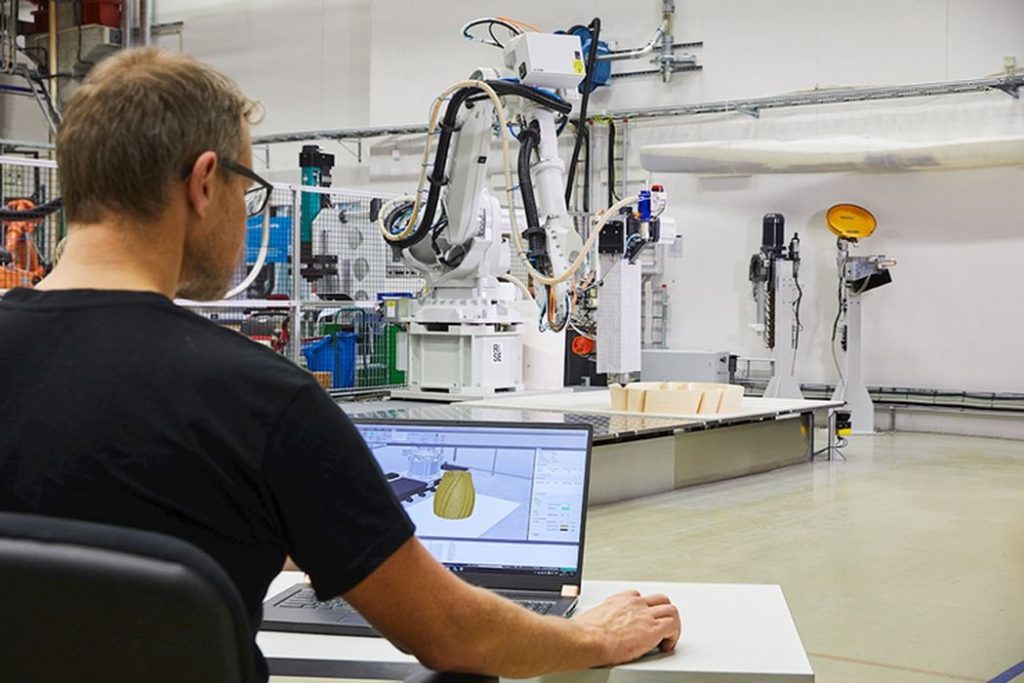
Charles R. Goulding and Preeti Sulibhavi look at several companies that could use 3D printing to assist reconstruction in Ukraine.
Russia has intentionally destroyed Ukraine’s electrical power and energy structure. It’s unprecedented that a large, developed country would need to complete this volume of electric infrastructure repair.
As of early December 2022, an estimated 25 to 30 percent of the Ukrainian electric grid has been destroyed. Many of the immediate repairs are temporary fixes but, eventually, complete overhauls will be required.
The US has recently authorized US$53M in Ukraine grid repairs and is advocating for a billion-dollar contribution. Six of the world’s leading electrical companies with 3D printing expertise will be available to complete the restoration.
The largest companies include Siemens, GE, Eaton, Schneider, Emerson and ABB. Siemens and GE have both large business segments in both electrical products and 3D printing solutions.
Siemens

Siemens is a true user of 3D printing. In fact, Siemens is an industry leader in Additive Manufacturing and already uses the technology for rapid prototyping. Additionally, the company is now developing solutions that can enable series production for manufacturing gas turbine burner nozzles and repairing burner heads. Just recently Siemens achieved a pioneering breakthrough: the first gas turbine blades ever to be manufactured utilizing Additive Manufacturing (AM) have successfully finished performance testing under full-load conditions.
In terms of the war in Ukraine, Siemens’ charitable arm, Siemens Caring Hands, helps crisis victims involved in war zones and other traumatic situations. The Caring team has been using 3D printing to create prostheses for amputees in Ukraine. The team has found that 3D printing shortens the time it takes to deliver prosthetic arms, solves accessibility issues, and reduces the cost of high-functioning prostheses substantially.
GE

GE, the long-time gold standard for industry, has been experimenting with 3D printing and AM for quite some time now.
“Both the technology and our confidence in it is improving,” Eric Gatlin, GE Aviation’s additive manufacturing leader, told Aviation Online (AIN). “Our forward trajectory now is to use additives wherever it differentiates a product in terms of weight and design,” continued, Gatlin.
GE employees are taking Ukrainian refugees into their homes and the GE Foundation is matching such charitable acts and donations. Knowing what the refugees have endured, GE employees are doing what they can to help them feel comfortable, cared for and welcome in Poland, Hungary and Switzerland among other countries.
Eaton

For years, Eaton has found that 3D printing enables them to refine their product designs based on customer feedback and then easily scale it to production. This has been giving them lead time benefits for their customers and has helped propel them to be the industry giant they are. Eaton built its Southfield, Michigan, AM Center of Excellence in 2016 and then attained AS9100 quality certification in 2018.
Ever since then they have been able to supply parts to their customers and during Covid they used their 3D printing expertise to produce much-needed PPE, including face shields, and touchless door openers.
Schneider

Schneider Electric SE is a French, multi-national corporation, that specializes in electricity distribution, automation management and the production of installment components for energy sourcing and management. One of the company’s key goals is efficiency enhancement. To achieve both short and long-term efficiency goals, Schneider has been incorporating Stratasys PolyJet and FDM-based 3D printing solutions for prototyping, product development and industrialization. 3D printing is complementing Schneider’s injection molding and assembly-line tooling.
Schneider employees have been directly affected by the war in Ukraine and the company itself is doing everything it can to support them.
Emerson

We have already covered Emerson’s automation projects on Fabbaloo. 3D printing is nothing new to Emerson’s leadership:
“This new technology opens doors and empowers innovations that previously couldn’t live outside of a computer simulation,” said Adam Boyle, director of Global Additive Manufacturing Operations at Emerson Automation Solutions. “Additive manufacturing makes it possible to quickly find the best product design. Our team can now develop and produce multiple designs at once and rely on real-world testing to determine which will work best. In an industry where safety and performance are paramount, having this level of precision is crucial.”
Emerson is focusing on utilizing 3D printing to circumvent current supply chain issues.
ABB

For those who aren’t aware, ABB’s Electrification business offers a wide range of products, digital solutions and services, from substation to socket, enabling safe, smart and sustainable electrification. Products include digital and connected innovations for low- and medium-voltage, including EV infrastructure, solar inverters, modular substations, distribution automation, power protection, wiring accessories, switchgear, enclosures, cabling, sensing and control.
According to its website, ABB is introducing 3D printing capabilities to its RobotStudio simulation and offline programming software, which will enable commercial users to program ABB robots for additive manufacturing in just 30 minutes.
Part of the PowerPac portfolio of RobotStudio, the new 3D Printing feature eliminates manual programming to allow faster prototype production. The 3D Printing PowerPac, supports a variety of processes, such as welding and 3D printing with granules or concrete and is ideal for low-volume, high-mix printing.
Some of the electrical products needed in higher volumes are transformers, generators, circuit breakers, pipes and hand tools and power tools.
Conclusion
There are many reasons supporting the use of 3D printing to restore Ukraine’s electric power grid. We hope the activities the aforementioned, multinational corporations are engaged in support our belief that 3D printing can help the people of Ukraine rebuild their power infrastructure sooner than later.

